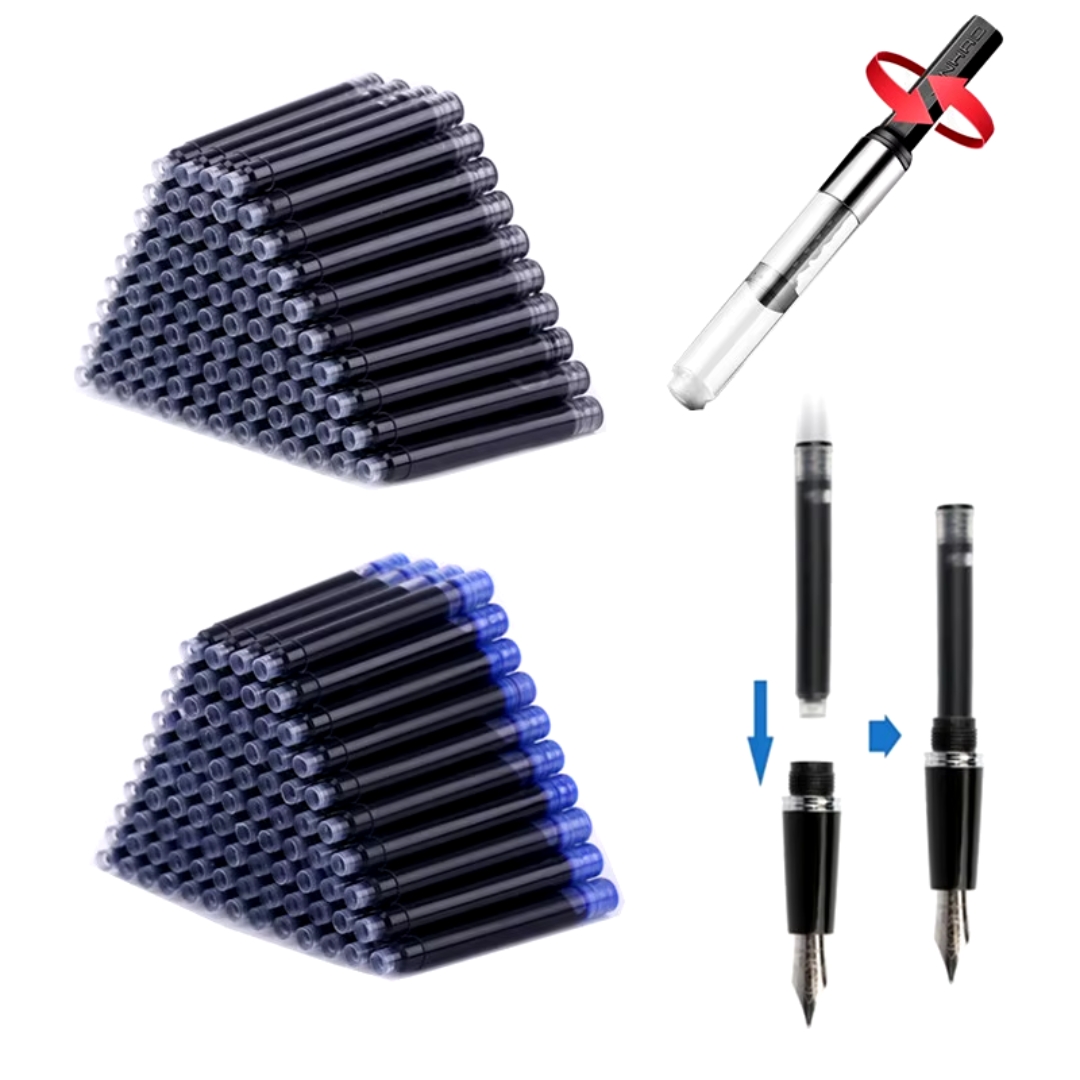
Ink has been an essential tool for human communication, creativity, and documentation for centuries. Yet, not many people pause to wonder about its intricate behavior on different surfaces. Understanding why pen ink reacts so variably to surfaces requires delving into the complex interplay of chemistry, physics, and material science. Let’s explore this fascinating topic in detail while shedding light on the curious relationship between ink and the surfaces it encounters.
The fundamental nature of pen ink lies in its composition. Most pen inks are mixtures of dyes or pigments suspended in a liquid base. This liquid base can vary depending on the type of pen—ballpoint pens use oil-based ink, while fountain pens generally employ water-based ink. Each formulation is specifically designed to meet the needs of the pen’s mechanism and its intended writing purpose. However, these formulations also dictate how the ink interacts with a given surface.
When pen ink is applied to a surface, several factors come into play. The first factor is surface porosity. Porous surfaces, such as paper, have tiny holes or spaces that allow the ink to seep in and bind. This absorption mechanism not only anchors the ink but also speeds up the drying process. On non-porous surfaces, such as glass or glossy plastic, ink has no material to absorb into. Instead, it pools on the surface, leaving it vulnerable to smudging until the solvent in the ink evaporates completely. The evaporation rate can be slow because there’s no interaction between the ink and the surface to facilitate quicker drying.
The second factor is the ink’s solvent and its evaporation properties. For instance, oil-based inks are generally more viscous and dry by oxidation—a process where exposure to air causes the solvent to solidify. On the other hand, water-based inks dry predominantly through evaporation. The rate at which these processes occur depends significantly on environmental factors, including temperature and humidity. High humidity slows down evaporation as the air is already saturated with moisture, while high temperatures can accelerate the drying process.
Interestingly, the texture of the surface also has a significant influence. Rough or matte surfaces increase the surface area available for the ink to adhere to. This creates more friction and allows the ink to settle firmly. Smooth surfaces, however, offer little resistance, causing the ink to glide rather than bond. This is why writing on smooth metal or plastic can often result in streaks or smudges, as the ink cannot penetrate or anchor itself.
Another consideration is the type of ink used. Pigment-based inks, for instance, contain tiny solid particles that sit on top of the surface, while dye-based inks dissolve into the liquid base and soak into porous materials. Pigment-based inks are more prone to smudging on non-porous surfaces because they lack the ability to “grip” the surface. Conversely, dye-based inks are better suited for porous surfaces, as they chemically bond with the fibers of the material.
Surface coatings also play an understated role. Some materials, such as coated or glossy paper, are designed to resist ink absorption. These coatings are often applied to enhance the visual appeal of printed images or text, but they inadvertently create challenges for handwritten ink. The coating acts as a barrier, forcing the ink to dry solely through evaporation. This can lead to longer drying times and a higher likelihood of smudging. Conversely, untreated paper absorbs ink readily, leading to quicker drying and reduced smudging.
The thickness of the ink layer applied to the surface also matters. A thicker application of ink takes longer to dry, regardless of the surface type. This is because the uppermost layer of ink must evaporate or oxidize before the lower layers can begin to solidify. This is why bold or heavy strokes of ink are more prone to smudging than fine or light lines.
Environmental conditions further complicate this dynamic. For example, outdoor conditions can impact ink behavior significantly. Writing on a wet or damp surface can dilute water-based ink, causing it to spread unevenly. Similarly, exposure to strong winds or direct sunlight can accelerate evaporation, reducing smudging but potentially altering the ink’s color or consistency.
The interplay between ink and surface also extends into the realm of specialty writing instruments. Some pens are designed specifically for non-porous surfaces, employing quick-drying, alcohol-based inks. These inks dry rapidly upon contact with the air, minimizing the risk of smudging. Such pens are commonly used for labeling glassware, plastic, and other smooth materials where traditional ink would struggle to adhere.
To further illustrate this phenomenon, let’s consider how pen ink interacts with unconventional surfaces. On fabrics, for instance, the fibers act as a highly porous surface, absorbing ink almost instantly. However, the ink can spread along the fibers, leading to blurring or feathering. On wood, the grain direction can affect absorption, with ink sinking more readily into open grain patterns than into closed ones. On skin, the natural oils and moisture can cause the ink to smear, highlighting the complexity of this interaction.
In art and calligraphy, understanding ink behavior is crucial. Artists often select specific inks and surfaces to achieve desired effects. For instance, sumi-e painting uses ink that reacts uniquely with absorbent rice paper to create delicate, flowing strokes. Similarly, calligraphers may choose textured paper to enhance the richness of their ink work, capitalizing on the interplay between the two materials.
In conclusion, the drying and smudging of pen ink on various surfaces is governed by a myriad of factors, including surface porosity, ink composition, solvent properties, environmental conditions, and surface texture. Each interaction is a delicate balance of chemistry and physics, creating outcomes that range from crisp, clean lines to frustrating smudges. Understanding these dynamics not only enhances our appreciation for this everyday tool but also empowers us to choose the right combination of pen and surface for any task. Whether you’re jotting down notes, creating art, or labeling objects, the science of pen ink reveals the hidden intricacies of this seemingly simple act.






Leave a Reply